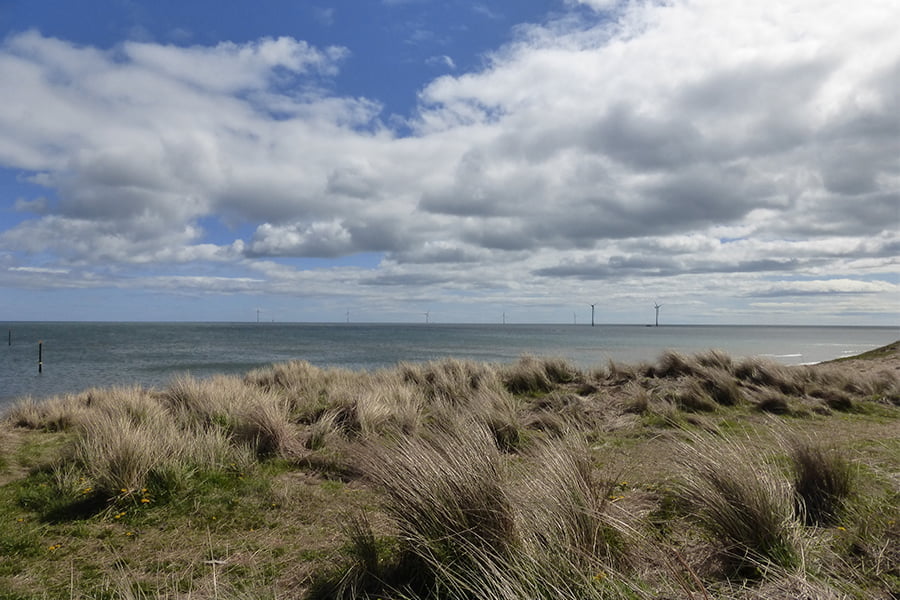
The North Sea Link is an interconnector between northeast England and Norway which will use the world’s longest subsea electricity cable. Testing is beginning now and it should be in operation during autumn 2021.
Interconnectors allow exchanges of energy and are very important for ensuring renewable energy is efficient, cost-effective and maximises its contribution to sustainability. The North Sea Link will allow power transfers so that, for example, hydro-generated electricity from Norway can be imported to the UK when there is a surplus, bringing clean, green power into our systems. The link can export surplus wind energy from the UK to Norway that can be used to pump water back up in the systems, ready for release when required.
Laying the cable in the North Sea has been a huge challenge, particularly on the approach to Norway and through its fjords. It is great to see this project coming to fruition and TEP was very pleased to support The North Sea Link in its site selection and securing its UK onshore consents. We had secured a permission over 18 years ago for an earlier proposal!
Increasing reliance on renewables is a very contemporary topic although TEP’s history with interconnectors goes back decades. We cut our teeth on consents for the Isle of Man Interconnector back in the 1990s and since then have supported permissions for UK works for connections to Ireland, the Netherlands, Belgium, France and Denmark.
A strong part of the planning case for developments has been their contributions to diverse and sustainable energy. It is excellent to see that these projects are delivering on those promises and helping to move the UK towards achieving its carbon reduction targets.
If you would like to know more about TEP’s work on interconnectors and other infrastructure projects, please contact joanneboothroyd@tep.uk.com or iangrimshaw@tep.uk.com.








